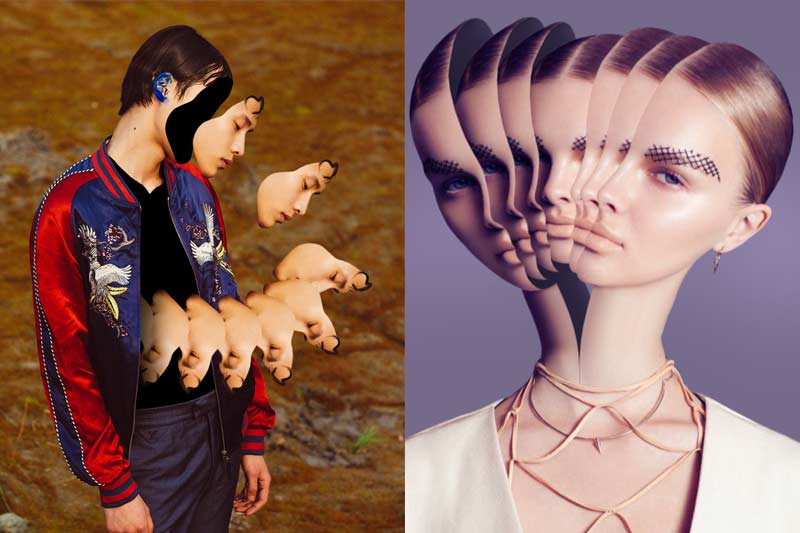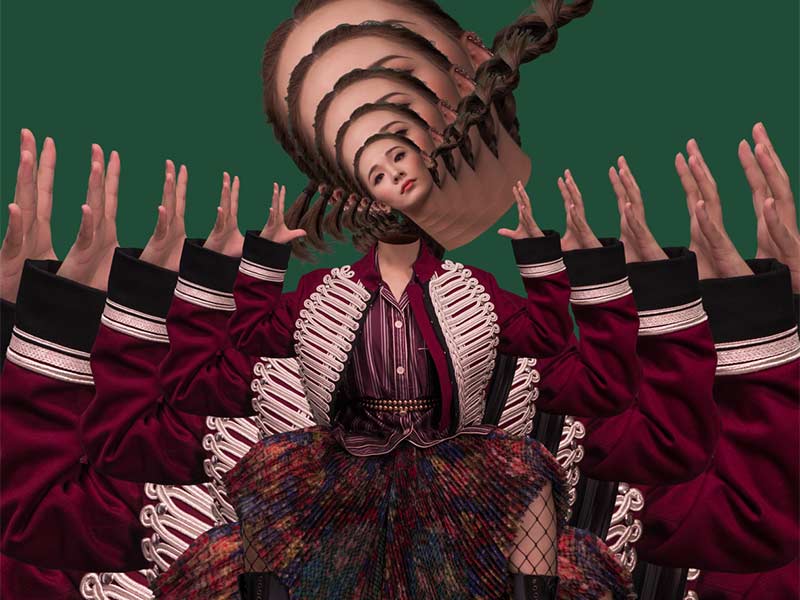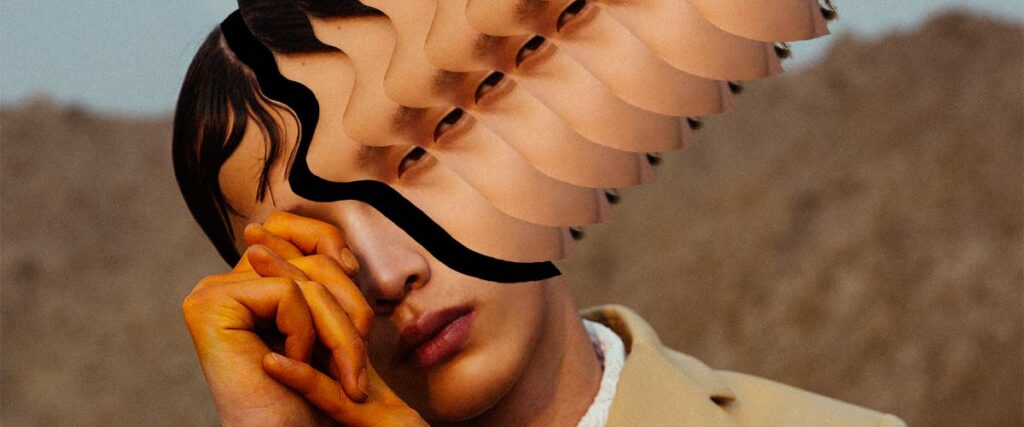Art Director FrankNitty3000 has carved out a reputation in Asia for his motion graphics and video work, but where did it all begin?
If you were searching #videodoodles on Instagram, there’s no doubt you’ll come across Franknitty3000. With over 14k followers, it wasn’t until 2 years ago when Art Director Frank Nitty decided to show his personal work through social media platforms, and that was when people started to pick up his artwork. Through exploring and mastering different programs, Frank has carved out a reputation in Asia for his motion graphics.

With over 15 years in the advertising field, Frank moved to Hong Kong after a 5 years stint in Japan. Some of the highlights of his career include a project for Gucci in 2016, when he was asked to create artwork with his personal style rather than a commercial piece.
On a quiet lunchtime in the busy district of Central, Hong Kong, we caught up with him to talk about the creative process, moving images and his inspiration.
Can you just tell us a little about yourself and your background?
I’m from Holland and worked as an Art Director; working on a lot of commercial work. I was in Japan for 5 years before moving to Hong Kong because it’s more of an international city in comparison with Tokyo. I started showing my personal work 2 years ago, and people started picking up on it.

What has been the highlight of your career so far?
Working for big brands like Adidas and Gucci in 2016. It’s not my best work but it’s cool how a high-end fashion brand asked for my personal style rather than pushing the artwork towards something mainstream.
When you are in the process of creating artwork, where do you start? What goes through your thoughts?
My work is based on still photography; it’s like a collage and I try to figure out how to put movement into it. When you see a fashion image designed for a certain audience, I take that visual and reinterpret it so it becomes accessible for others who aren’t strictly into fashion.
Clients have a certain expectation for the brand, but I try to push it into a realm where they feel a little bit uncomfortable. I try to find the boundary between dazed and vulgarity- that’s usual my process. I try to step out of the normal way people look at things and try to make it ugly or scary to challenge the audience to see something else then.
When you are creating a moving image, do you focus on certain parts to edit? How do you decide on this?
In advertising, they always use images of the human figures as a means to sell something. It’s always glamorous or beautiful as they are representing the ideal figure so I try to make people see the body in a different way by manipulating different parts like the neck, arms, or even create holes in certain areas.
Do you have a signature style or does it depend on your client brief?
I have a signature style but it’s not necessary that every project to interprets it the same way, Sometimes it’s as simple as a moving image because that’s what the client wants. It’s my job to figure out and find the balance as an artist and what the clients really wants.
Your artwork looks like a complex process, do you have a personal method? Where does it all begin?
It’s complicated and I know for a fact the work I do is not easy to replicate for an average graphic design student. It takes a few years to master the software, and then I use tricks I’ve learnt myself. Just like a secret ingredient, it’s hard for people to figure it out.
How did you first discover moving images and what attracted you this medium?
It was a gradual process for me. I had some time at one point to reflect on what I was doing and to react to things I normally see. When you have time to discover, you simply will have time to discover.
Related Article
AAX Debuts FrankNitty3000 NFT Artworks at Hong Kong FinTech Week
Down the Rabbit Hole With Experimental Visual Artist Crazy Monkey




